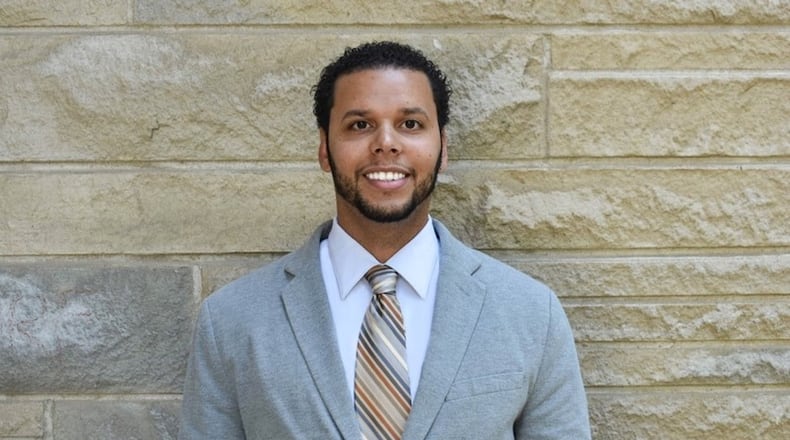RELATED: Job market strong for new college grads
Carter teaches a class on college and lifelong learning at Indiana University while pursuing his Ph.D. in Education Policy Studies there. He recently did a question-and-answer session with the Dayton Daily News on some of the topics he explores in his book, which is available on Amazon.com.
How are college students’ time management needs different from high school?
The daily schedule in college is completely different from high school. Some classes meet each day, some two or three days a week, and some only once a week. Initially, this can make it a bit difficult for students to establish a consistent study and work routine. It can take several weeks for students to find their groove each semester, and students really have to try a variety of strategies to determine what works best for them. In my new book, I briefly highlight Eat That Frog and the Pomodoro Technique, which are two strategies promoted by many schools.
How often do students struggle with the academic material going from high school to college?
The struggle is more often than students and parents might expect. While at Indiana University, I have taught many students who have been placed on academic probation. While the college workload is more intense and the material more complex, it is not just the content that causes students to struggle. The class size, the delivery of the content, the pace of the course…all of these factors can impact comprehension of the material. Fortunately, there are many resources available for students to utilize (study guides, office hours, help sessions, etc.).
RELATED: Left in bucket at orphanage, Fairmont grad an inspiration to classmates
Do the best and brightest students sometimes struggle with the college transition?
Unfortunately, yes. The struggle often comes from having to get acclimated to a new environment while also trying to balance academics, social life, and sleep. Some students were also able to get by in high school with less studying than is required in college, so the results of the first round of exams are often a major wake-up call. Students that ranked at the top of their class in high school may find themselves in a different position in college. Alternatively, I have seen cases where students performed average in high school but truly blossomed in college. I believe that some of this has to do with students choosing the right school for their needs.
Are college students usually eager to reach out when they need help, or is that a challenge for many?
It is a challenge for many students to reach out or even know that they need help. Students often wait until after they receive their first low grade instead of being proactive and taking advantage of resources at the beginning of the semester. Oftentimes, students study for their college exams in the same way that they studied for their high school tests. This technique may or may not work in college, and it can vary by class and instructor.
RELATED: Youth mental health is an important issue
Another challenge is that students may not have formed a close bond with their college professors like they may have done with their teachers in high school. As a result, students may be shy about approaching their professors but this is something that they must get comfortable with doing when needed. Students need to speak with their instructors and ask for help before or after class, via email, or by attending office hours. It is so important for students to find ways to get to know their instructors so that they stand out from the crowd.
How hands-on or hands-off should parents be when their kids hit some college obstacles?
This is a tough one and parents certainly know their children better than I do. However, I will say that college is an incredible opportunity for students to experience personal growth. While parents may have intervened in some matters during high school, college is the time for students to handle most situations. In fact, the Family Educational Rights and Privacy Act (FERPA) means that, in many cases unless there is a waiver, school officials can only discuss matters directly with students. However, parents should still be actively asking students about their classes, studying routines, instructors, etc.
If you had one piece of advice to give to an incoming college freshman, what would it be?
My advice to incoming college students is to admit that they need help as soon as they feel that they need help! Waiting until the middle of the semester may be too late, especially in a course where the final grade is based on two or three exam scores. This applies to personal matters as well. If students are experiencing homesickness or depression, they need to tell someone immediately. Students can reach out to family members, friends, professors, resident advisors, and others who are able and willing to help. Additionally, many college health centers offer free counseling sessions. Students should know that it is more than okay to admit when they need help and, whether academic or personal, others are probably experiencing similar issues.
About the Author


